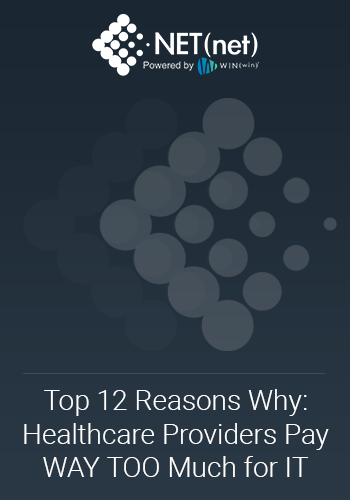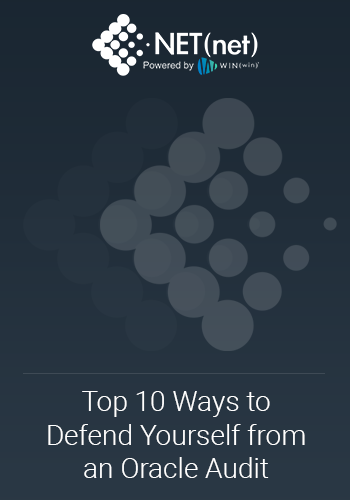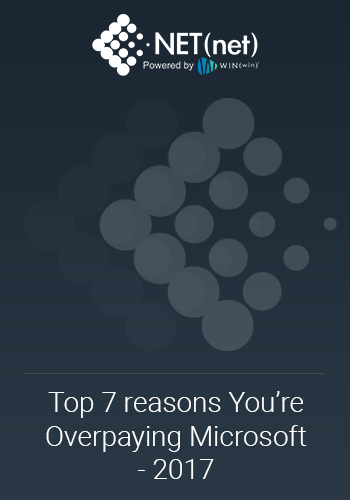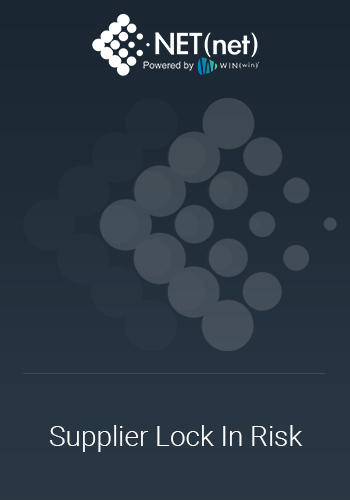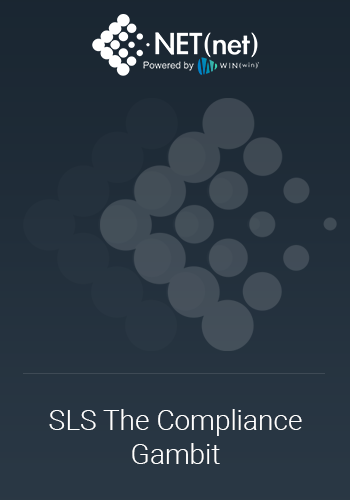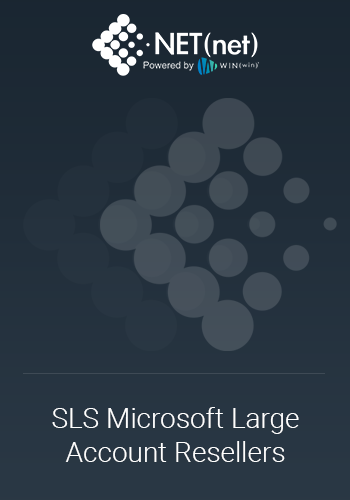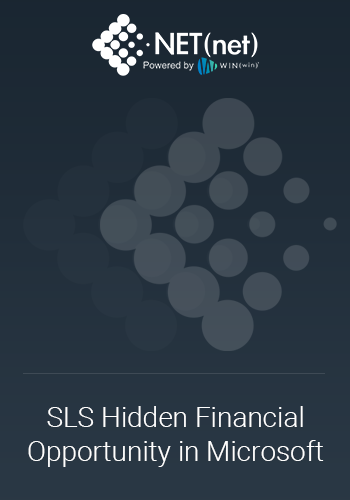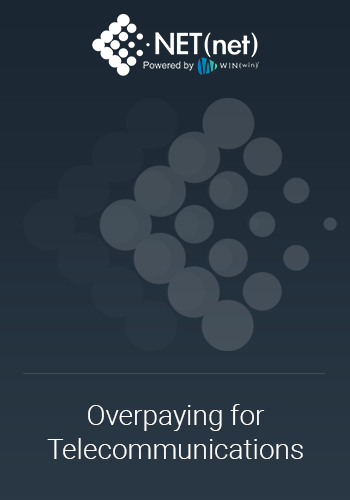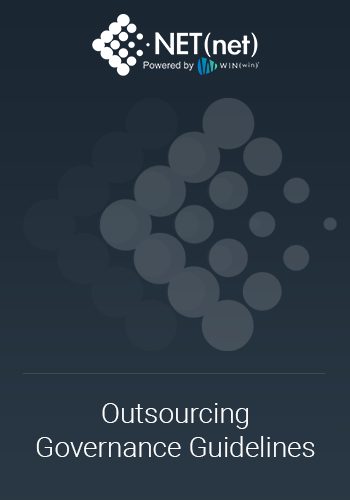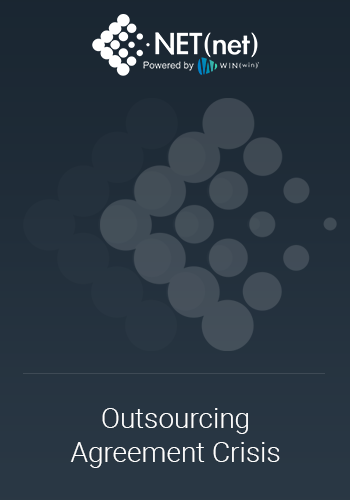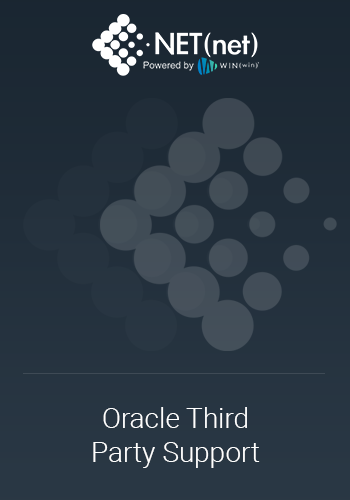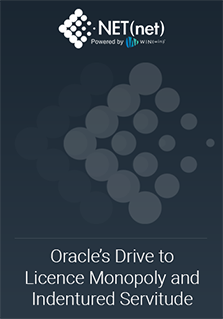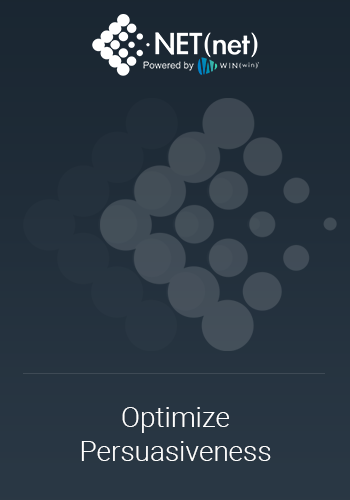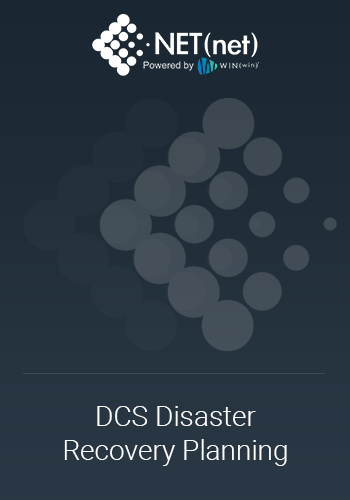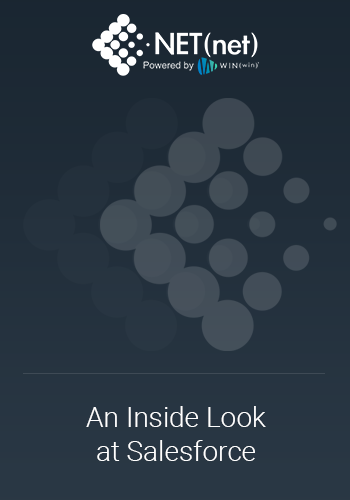APs (application providers) rely on customer retention and satisfaction. Persistent, coordinated pressure from end-users - especially when tied to cost, compliance risks, and competitive positioning - can force them to adapt. The Java ecosystem’s shift toward open-source runtimes (accelerated since Oracle’s 2023 pricing change) gives users leverage, as APs risk losing relevance if they cling to an outdated model. Now is the time to leverage Aps to accelerate the breaking of Java’s monopoly.
Navigating the Java Licensing Landscape: A Shift Towards Cost-Effective Solutions
In the dynamic landscape of enterprise technology, navigating the intricacies of Oracle Java licensing continues to be a formidable challenge for businesses. Companies often face inflated costs, over-promised capabilities, and underwhelming value, leaving them in search of alternatives and cost-effective solutions. This article explores the common pitfalls associated with Oracle Java and provides actionable insights to enhance value realization, reduce spending, and streamline vendor interactions.
Understanding the Challenges with Oracle Java
Oracle's revised licensing approach has created ripples across the industry. The shift from user or CPU-based licensing to an Enterprise Employee-based model has triggered unexpected cost spikes. Tying licensing costs to the total employee count, regardless of actual usage, affects businesses where Java is used by only a small segment of the workforce, transforming manageable costs into financial burdens.
- Pricing Model Shift: The new model bases costs on the total number of employees (including full-time, part-time, contractors, and others supporting internal operations) rather than Java usage, leading to significant cost increases—reportedly 2x to 5x for most organizations, and up to 10x in extreme cases. Pricing starts at $15 per employee per month for under 1,000 employees, sliding to $5.25 for 40,000–49,999 employees, making it a multi-million-dollar expense for large firms regardless of actual Java deployment scope.
- Audit Increase Perception: Industry experts and partners have noted heightened audit pressure since the change. Gartner predicted in 2023 that by 2026, one in five Java users would face an Oracle audit, driven by the potential for “unbudgeted noncompliance fees.” Posts on X and reports from consultancies like Palisade Compliance and Redress Compliance suggest Oracle is leveraging this model to enforce compliance, targeting organizations that haven’t adjusted to the new licensing terms or continue using older, now-licensable versions (e.g., Java 8 post-2019 or Java 17 with post-September 2024 security patches).
- Audit Strategies: Oracle employs both “soft audits” (initial emails or sales outreach about Java usage, often citing download logs) and formal audits (structured reviews by its audit team). Since 2023, Java has been routinely included in standard Oracle audits alongside database and middleware products, expanding the scope beyond just Java compliance. Retroactive licensing demands—covering up to three years of past usage—are a common tactic, inflating penalties and pushing organizations toward new subscriptions.
- Preparation Challenges: Organizations face difficulties tracking Java versions and patches across their estates, especially with embedded or legacy deployments. Oracle’s use of security download records (e.g., IP addresses, timestamps) as audit evidence adds complexity, though experts argue this isn’t definitive proof of noncompliance without usage data.
Exploring Alternatives: A Detailed Comparison
The cost escalation and audit threat have driven a shift away from Oracle Java. Gartner estimated that by 2026, over 80% of Java applications will run on third-party runtimes (up from 65% in 2023), with alternatives like Azul, Amazon Corretto, and Eclipse Temurin gaining traction. A February 2025 post on X from Azul Systems cited 88% of companies exploring alternatives due to pricing and audit concerns, reflecting current sentiment.
Transitioning to alternatives can offer substantial financial relief, but the ease of change varies. Here is a comparative overview of available options:

Conclusion: A Unified Path Forward
Oracle's licensing changes present substantial challenges but also create an impetus for collective action. By advocating for open-source Java alternatives and supporting collaboration with third-party providers, businesses can alleviate financial burdens and foster an innovative, cooperative ecosystem. Navigating these changes requires effort but leads to greater strategic flexibility and resilience in enterprise technology environments.
Understanding that these changes take time, it’s down to parties to mitigate their Oracle Java usage and Licensing and secure acceptable commercial terms for the Medium term, while investigating the transition.
As with any Java audits or concerns, contact NET(net) to learn how we can help mitigate your risks and help you to the next level.
About NET(net)
Founded in 2002, NET(net) is the world’s leading IT Investment Optimization firm, helping clients find, get, and keep more economic and strategic value in their technology supply chains. Over the last 20 years, NET(net) has influenced trillions of investment, captured hundreds of billions of value, and has helped clients cost and value optimize all major areas of IT Spend, including XaaS, Cloud, Hardware, Software, Services, Healthcare, Outsourcing, Infrastructure, and Telecommunications, among others. NET(net) has the experience you want, demonstrates the expertise that you need, and delivers the performance you demand and deserve. Contact us at info@netnetweb.com, visit us online at www.netnetweb.com, or call us at +1 (616) 546-3100 to see if we can help you capture more value in your IT investments, agreements, deployments, and relationships.
NET(net)’s Website/Blogs/Articles and other content is subject to NET(net)’s legal terms, offered for general information purposes only, and does not constitute legal advice. While NET(net) may offer views and opinions regarding the subject matter, such views and opinions are those of the content authors, are not necessarily reflective of the views of the company and are not intended to malign or disparage any other company or other individual or group.

